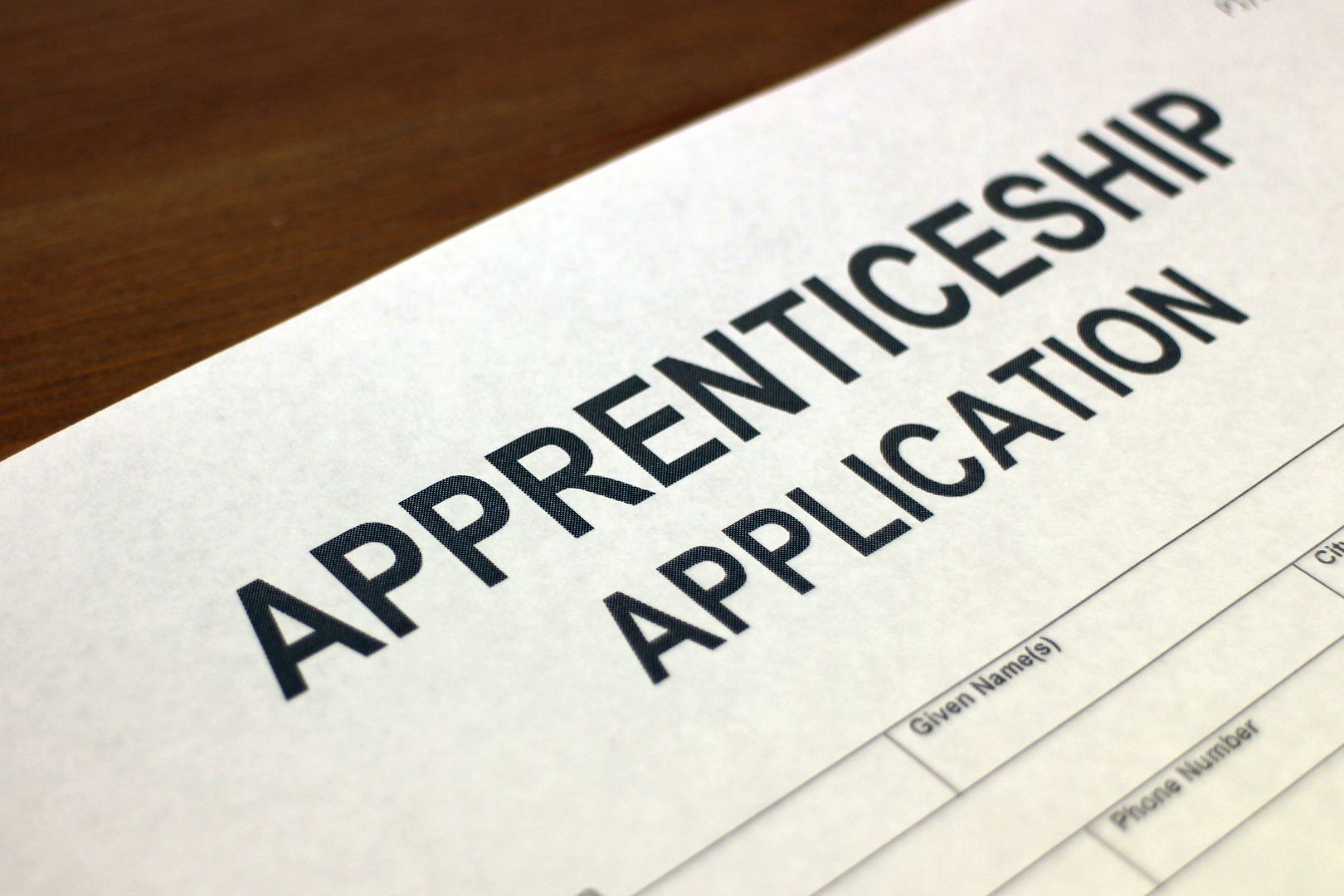The End Point Assessment (EPA) is a key milestone for apprenticeships. Whether you’re an employer, training provider, or an apprentice, understanding the EPA is key to navigating the apprenticeship journey successfully. Let’s look into what an EPA is, why it matters, and how to prepare for it effectively.
![]()
Understanding End Point Assessment

An End Point Assessment (EPA) is the final evaluation that apprentices must pass to complete their apprenticeship. It’s designed to comprehensively assess the knowledge, skills, and behaviours that apprentices have developed throughout their training period.
Some Key characteristics of the EPA include:
- The assessment is conducted by a separate organisation, not the employer or training provider. This ensures impartiality and maintains high standards across the industry.
- Rather than focusing on individual components, the EPA assesses the apprentice’s overall competence in their role.
- The assessment ensures that the apprentice meets the standards set by employers in their sector.
![]()
The EPA Process

The EPA process typically involves several assessment methods, carefully chosen to evaluate the specific requirements of each apprenticeship standard. These methods may include:
- Practical Observations: Assessors watch apprentices perform tasks in their work environment.
- Professional Discussions: A structured conversation between the assessor and apprentice, exploring knowledge and understanding.
- Written Exams: Tests that evaluate theoretical knowledge and problem-solving skills.
- Portfolio Reviews: Assessment of evidence collected throughout the apprenticeship.
- Presentations: Apprentices may be required to present on a specific topic or project.
- Interviews: In-depth discussions about the apprentice’s work and learning.
The combination of these methods varies depending on the apprenticeship standard, ensuring the assessment is tailored to the specific role and industry.
![]()
Key Players in the EPA

Understanding who is involved in the process can help to ensure apprentices feel at ease and comfortable whilst going through this process.
- The Apprentice: The individual undertaking the apprenticeship and EPA. They are responsible for preparing for and completing the assessment.
- The Employer: Supports the apprentice throughout their journey and decides when they’re ready for EPA.
- The Training Provider: Prepares the apprentice for their EPA through structured learning and development activities.
- The End Point Assessment Organisation (EPAO): An independent body approved by the government to conduct EPAs. They ensure the assessment is fair, consistent, and meets the required standards.
- The End Point Assessor: The individual who carries out the assessment. They are experts in the relevant field and are trained to conduct fair and thorough assessments.
![]()
Preparing for EPA Success

Effective preparation is key to EPA success. Here are some detailed tips for apprentices, employers, and training providers:
1) Familiarise yourself with the assessment plan
- Understand what will be assessed and how
- Review the grading criteria
- Know the timeline and logistics of the assessment
2) Practice, practice, practice
- Use mock assessments to build confidence
- Simulate real assessment conditions
- Get feedback and work on areas for improvement
3) Gather evidence
- Compile a portfolio showcasing skills and knowledge
- Ensure evidence is varied and covers all required standards
- Keep the portfolio organised and easy to navigate
4) Stay in communication
- Regular check-ins between apprentice, employer, and training provider
- Track progress against the apprenticeship standard
- Address any concerns or gaps in knowledge promptly
5) Focus on the bigger picture
- Understand how individual skills fit into the overall role
- Be prepared to discuss the context and importance of your work
- Reflect on your journey and personal growth throughout the apprenticeship
6) Manage stress and wellbeing
- Develop good study habits and time management skills
- Practice relaxation techniques for managing assessment day nerves
- Ensure a good work-life balance during preparation
![]()
The Importance of EPA in the Apprenticeship Journey

The EPA is more than just a final hurdle; it’s a valuable part of the apprenticeship journey:
- It provides a clear endpoint, motivating apprentices throughout their training
- It ensures national standards are met, maintaining the quality and reputation of apprenticeships
- It gives employers confidence in the skills and knowledge of their apprentices
- It provides apprentices with a recognised qualification, boosting their career prospects
While the EPA may seem daunting, with proper preparation and support, apprentices can approach it with confidence.
For employers and training providers, understanding the EPA process is key to supporting apprentices effectively. By working together and focusing on thorough preparation, we can ensure that apprentices are ready to shine when it’s time for their EPA.
Remember, the EPA isn’t just a test – it’s a chance to prove competence and readiness for a successful career in your chosen field!
Whether you’re an apprentice preparing for your EPA, an employer supporting your apprentices, or a training provider guiding learners through their journey, embrace the EPA as a valuable part of the apprenticeship experience. With the right approach, it can be a rewarding and affirming process for all involved.
Good luck to all those preparing for their EPA – your hard work and dedication will pay off!
![]()
Frequently Asked Questions
How long does an End Point Assessment take?
The duration of an EPA can vary significantly depending on the apprenticeship standard and the assessment methods used. Some EPAs might be completed in a single day, while others could be spread over several weeks or even months.
For example:
It’s important to note that the EPA period doesn’t just include the assessment days themselves, but also the time needed for preparation and, if necessary, for results to be verified and certificates to be issued.
Who pays for an End Point Assessment?
The cost of the initial EPA is typically included in the overall apprenticeship funding. The payment structure depends on whether the employer is a levy-payer or not:
- For levy-paying employers (those with an annual pay bill over £3 million), the cost comes from their apprenticeship levy funds.
- For non-levy paying employers, it’s covered by government funding and their co-investment (usually 5% of the total apprenticeship cost).
It’s worth noting that while the initial EPA is covered, any resits or retakes usually need to be paid for by the employer.
What happens if an apprentice fails an EPA?
If an apprentice doesn’t pass their EPA on the first attempt, they have options:
- Resit: This involves redoing one or more failed components without further training. It’s suitable for apprentices who narrowly missed passing and just need another chance to demonstrate their skills.
- Retake: This includes additional training before reassessment. It’s appropriate for apprentices who need to develop their skills or knowledge before attempting the EPA again.
The number of resits or retakes allowed can vary depending on the apprenticeship standard. It’s important to note that the employer usually bears the cost of resits or retakes.
- A Guide to Managing Gen Z Employees in the Workplace - November 12, 2024
- What is an End Point Assessment (EPA)? - October 31, 2024
- What are the Best Film Techniques in 2024? - August 21, 2024